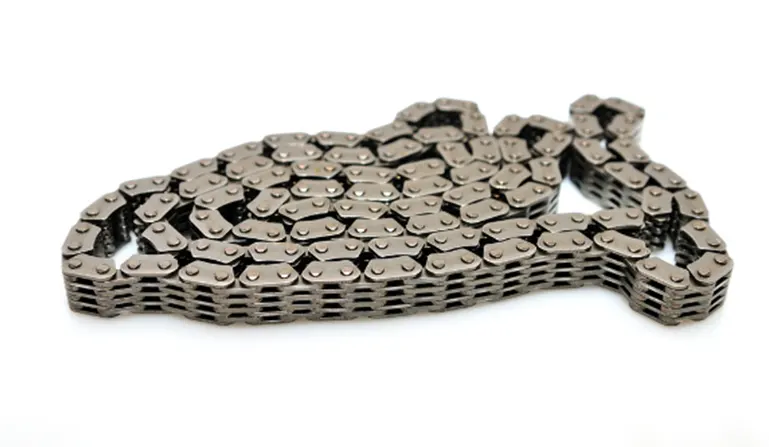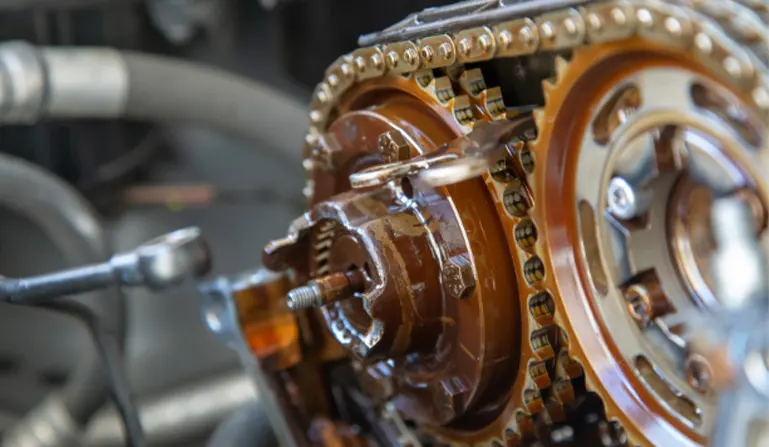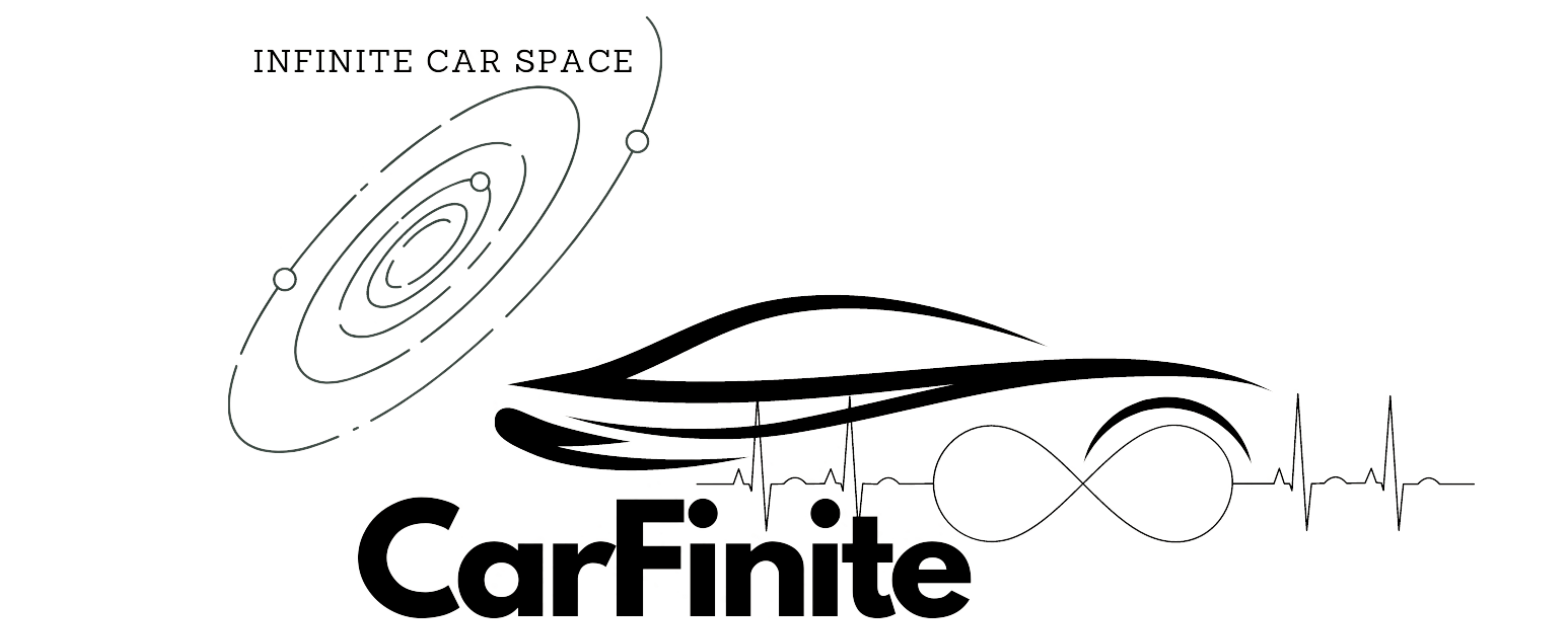The connection between the camshaft and the crankshaft in your car engine is maintained by timing chains.
Like any other part in the car, they also need to be regularly inspected and replaced to ensure that they remain in good condition.
Let us discuss more on how the timing chain assures the smooth operation of your car, so that you can maintain the timing chain in a good condition.
What is engine timing chain?
Timing chain synchronizes the rotation of the crankshaft and camshaft in a car’s engine. Synchronization means to maintain proper timing between the engine valves and pistons.
The timing chain acts as a link between the two rotating parts, transferring the power from the crankshaft to the camshaft. This allows the engine valves to open and close at the right time, ensuring the efficient combustion of fuel and air. It also helps to maintain the engine’s performance, as well as its longevity.

What are the different types of timing chains?
There are two main types of timing chains.
- Roller Chains: Roller chains are the most common type of timing chain and are made of steel links with rollers to reduce friction. They are durable and affordable.
- Silent Chains: As the name suggests, silent chains are quieter than roller chains but more expensive. These chains are made with a special link that helps reduce noise and vibration, making them ideal for high-performance engines.

differences between timing belts and timing chains
The timing belt and timing chain serve the same purpose in an engine: they control the timing of the engine’s valves by connecting the crankshaft to the camshaft. However, they differ in material, design, lifespan, and cost. Here’s a simplified breakdown:
| Feature | Timing Belt | Timing Chain |
|---|---|---|
| Material and Design | Made of rubber, smooth belt-like design | Made of metal, resembles a bicycle chain |
| Lifespan | 60,000 – 100,000 miles, regular checks needed | Often lasts the engine’s lifetime, less frequent checks |
| Maintenance | Requires replacement and tension checks | May need tensioner or guide replacement |
| Cost | Generally less expensive to replace | Typically more expensive and labor-intensive to replace |
| Noise and Operation | Quiet, smooth operation | Can be noisier, especially when aging |
| Application | Common in smaller, inline engines | Used in larger, V-type and high-performance engines |
Is the timing belt better than the timing chain?
Neither the timing belt nor the timing chain is universally “better” – each has its own advantages and is chosen by manufacturers based on specific vehicle design needs and intended use.
Timing belts are often quieter and cheaper to replace but may need more frequent maintenance, while timing chains are durable and have a longer lifespan but can be expensive and labor-intensive to replace. The best choice depends on the specific application and design philosophy of the vehicle.
What are symptoms of timing chain problems?
- Unusual rattling noise
- When the engine is started or when the brakes are applied, there can be a rattling noise due to a failing timing belt.
- This noise is caused by a loose or damaged timing chain that is no longer able to properly keep the engine’s components in sync.
- Misfiring engine
- This occurs when the timing chain is not able to properly synchronize the engine’s components, causing the fuel-air mixture to ignite at the wrong time.
- This can result in decreased engine performance and a noticeable loss of power.
- Presence of metal bits in the engine oil
- Over time, a worn or damaged timing chain can begin to break apart, causing metal fragments to become mixed with the engine oil.
- If this is the case, it is important to have the timing chain inspected and replaced as soon as possible, as metal fragments can cause significant damage to the engine if left unaddressed.
- Check engine light on
- This is because the computer system in the vehicle has detected an issue with the timing chain and is trying to alert the driver to the problem.
- If the symptoms of a failing timing chain are left unaddressed, the result can be engine failure.
So, do not neglect the signs of a failing timing chain and make sure to get it checked by an experienced mechanic.
How much does it cost to replace timing chain?
Replacing a timing chain can incur varied costs, significantly influenced by the vehicle’s make and model, geographical location, and the choice between a dealership and an independent mechanic.
Generally, for entry-level and mid-range vehicles, you might expect to pay anywhere from $300 to $1,000. However, for high-end or luxury vehicles, the replacement cost can easily climb between $1,000 and $2,000, or even more. These costs encompass not only the timing chain but also related components such as guides, tensioners, and occasionally, new gears.
Additionally, labor costs, which can be influenced by the complexity of the replacement and hourly rates of the mechanics, also contribute to the total expense. It’s always prudent to obtain several quotes and consult your vehicle’s manual for specific guidance related to timing chain maintenance and replacement.
Can you drive with a bad car time chain?
Driving with a failing timing chain can result in serious damage to the engine, and in some cases, the engine may be unable to run at all.
If you notice any signs of a failing timing chain, such as a rattling noise coming from the engine, it’s important to have it inspected and replaced as soon as possible to avoid further damage to the engine.
Tips to maintain the timing chain
- Regular oil changes: Regular oil changes can help keep the timing chain lubricated and prevent wear and tear. Make sure you use high-quality engine oil that meets the specifications recommended by the vehicle manufacturer.
- Avoid excessive idling: Excessive idling can cause the timing chain to stretch over time, leading to slack and misalignment. To prevent this, try to avoid excessive idling, especially if the engine is not at operating temperature.
- Avoid high RPMs: High RPMs can put a lot of stress on the timing chain, causing it to wear out more quickly. Try to avoid revving the engine too high and driving at high speeds for extended periods of time.
- Regular inspections: Regular inspections of the timing chain can help catch potential issues before they become more serious. During routine maintenance, have the timing chain inspected and replace it if it appears to be worn or damaged.
- Avoid exposure to extreme temperatures: Exposure to extreme temperatures can cause the timing chain to contract and expand, leading to slack and misalignment. To prevent this, try to avoid driving in extreme temperatures, such as during very hot or very cold weather.
- Replace the timing chain tensioner: The timing chain tensioner helps keep the timing chain tight and in proper alignment. If the tensioner is worn or damaged, it can cause the timing chain to become loose and cause misalignment. Make sure to replace the tensioner if it is worn or damaged.
- Regular tune-ups: Regular tune-ups can help keep the engine in good condition and prevent timing chain problems. During a tune-up, have the timing chain and other components of the engine inspected and replaced if necessary.
Summary
The article on “What Does Timing Chain Do?”, provides a comprehensive guide about the crucial role of a timing chain in synchronizing a car’s crankshaft and camshaft, ensuring optimal engine performance. It discusses the different types and the importance of timing chains, highlights symptoms of related issues, and provides tips on maintenance and replacement. The piece also contrasts timing belts and chains, offering insights into their respective merits and demerits.
For more detailed insights and advice on car maintenance, explore further on CarFinite.

John Smith, a Los Angeles-based car specialist and automotive writer, boasts over 20 years in the industry. With a background as a master technician and a decade-long writing stint at notable automotive publications, John now shares his expansive knowledge on CarFinite, simplifying car maintenance for readers.

